Why Seniors Choose Assisted Living Over In-Home Care

As the senior population grows and lifestyles evolve, more older adults and their families face a key decision: Should I remain at home with help, or move into an assisted living community? While both options offer valuable support, a growing number of seniors are choosing assisted living over in-home care—and for good reason.
From enhanced safety and 24/7 support to meaningful social opportunities and less stress for families, assisted living communities are transforming how older adults experience their golden years.
In this blog, we’ll explore the reasons behind this trend, compare the benefits of each option, and help you understand why assisted living may be the best choice for long-term wellness and peace of mind.
What Is In-Home Care?
In-home care, also known as home care or aging in place, provides seniors with assistance from caregivers in the comfort of their own home. Services may include:
- Help with personal hygiene and grooming
- Medication reminders
- Light housekeeping and meal preparation
- Transportation to appointments
- Companionship
While in-home care can offer flexibility and comfort, it often requires extensive coordination and may not provide round-the-clock support or medical supervision.
What Is Assisted Living?
Assisted living is a residential care option for seniors who value their independence but need help with daily activities. Services typically include:
- 24/7 caregiver availability
- Medication management
- Nutritious meals
- Housekeeping and laundry
- Transportation services
- Engaging social and recreational programs
Assisted living communities provide a safe, supportive environment where seniors can thrive physically, emotionally, and socially.
Why More Seniors Are Choosing Assisted Living
1. Built-in Safety and Support
Safety is a top priority for aging adults. Falls, medication errors, and health emergencies are common risks when living alone.
Assisted living communities are specifically designed to support senior safety with:
- Emergency call systems
- Grab bars and mobility-friendly layouts
- On-site caregivers available 24/7
- Scheduled wellness checks
- Trained staff to assist with medications and chronic conditions
In contrast, in-home care often depends on limited scheduled visits, leaving gaps in care and coverage.
2. Greater Social Interaction and Community
One of the leading causes of depression in older adults is social isolation. Many seniors living at home spend large portions of the day alone, especially if family members live far away or work full-time.
Assisted living offers a vibrant social environment, including:
- Group dining experiences
- Games, fitness, and wellness classes
- Holiday and birthday celebrations
- Book clubs, art workshops, and excursions
- Shared lounges and outdoor spaces
The opportunity for daily interaction fosters friendships, emotional health, and cognitive stimulation—things in-home care often cannot provide consistently.
3. Less Burden on Family Caregivers
When seniors remain at home, family members often become unpaid caregivers, managing appointments, meals, medications, and daily needs. This can lead to emotional burnout, stress, and strained relationships.
Assisted living reduces this burden by offering:
- Professional care teams
- Transparent communication with families
- Built-in support systems
- Reassurance that your loved one is safe and well cared for
This allows family members to focus on quality time, not logistics or worry.
4. Access to Comprehensive Services in One Place
Assisted living communities provide a wide range of services under one roof:
| Service | Assisted Living | In-Home Care |
|---|---|---|
| Meals | Included daily | May require separate meal services |
| Housekeeping | Weekly or bi-weekly | Additional charge or not included |
| Social Activities | Daily schedule | Not typically provided |
| Transportation | Scheduled community transport | Often limited or family-provided |
| Medical Oversight | Staff on-site 24/7 | Often requires outside coordination |
The convenience of having everything in one place makes daily life easier and more enjoyable for seniors.
5. Affordability and Predictable Costs
While assisted living has upfront monthly costs, it often includes bundled services that add up quickly in in-home care scenarios. Families are often surprised to learn that, in many cases, assisted living is more cost-effective than paying for multiple home-based services.
Consider these factors:
- In-home caregivers are typically paid hourly
- Round-the-clock in-home care can exceed $10,000 per month
- Assisted living includes meals, utilities, care, and activities in a single monthly rate
- Long-term care insurance and veterans benefits may cover assisted living
6. Freedom Without the Maintenance
Living at home comes with responsibilities: mowing the lawn, shoveling snow, cleaning, fixing appliances, and paying for home repairs. Over time, these tasks become burdensome and even unsafe.
In assisted living, seniors enjoy:
- Maintenance-free living
- No utility or repair bills
- Help with laundry and cleaning
- More time to enjoy hobbies and rest
This freedom lets residents spend their time how they choose, rather than worrying about chores.
7. Health Monitoring and Wellness Support
Many assisted living communities include health and wellness programs designed for seniors:
- Fitness classes tailored to mobility and strength
- Nutrition programs and diet-friendly meals
- Preventive health checks
- Support with chronic condition management
These wellness-focused environments encourage longer, healthier, and more active lives, which can be difficult to maintain at home without coordinated care.
Choosing What’s Best for Your Family
Ultimately, the right choice depends on the individual's health, social needs, and personal preferences. But the benefits of assisted living continue to stand out, especially for families seeking peace of mind, reliable care, and a safe, enriching environment for their loved ones.
Quick Comparison Table
| Feature | Assisted Living | In-Home Care |
|---|---|---|
| 24/7 care | Yes | Rarely |
| Emergency response | Immediate | Delayed |
| Social opportunities | Daily activities | Limited |
| Included meals | Yes | Often separate |
| Housekeeping | Included | May be extra |
| Family stress | Reduced | Higher |
| Cost predictability | Monthly rate | Varies by hour/service |
Final Thoughts
Assisted living offers more than just care—it offers connection, community, and comfort. Seniors no longer have to choose between independence and safety. With the right assisted living community, they can enjoy both.
As the needs of older adults evolve, it’s no surprise that more seniors and their families are choosing assisted living over in-home care. It’s a lifestyle that supports wellness, reduces isolation, and offers peace of mind for everyone involved.
At The Cottage at Litchfield Hills, residents receive compassionate, personalized care in a welcoming environment designed to promote independence, dignity, and happiness. If you're considering senior care options, our community is here to support you every step of the way. Reach out today!
Frequently Asked Questions
Is assisted living more expensive than in-home care?
Not always. While assisted living has a set monthly cost, in-home care expenses can add up quickly when you factor in hourly rates, transportation, meals, and household maintenance. Assisted living often offers more value overall.
Can seniors keep their independence in assisted living?
Yes! Assisted living is designed for seniors who need a little help but still want to maintain their independence. Residents are free to come and go, choose their activities, and enjoy private apartments.
What services are included in assisted living communities?
Most communities offer 24/7 care, daily meals, housekeeping, medication assistance, social activities, transportation, and access to on-site staff for emergencies.
Sources:
- https://pmc.ncbi.nlm.nih.gov/articles/PMC8997810/
- https://seniorplanet.org/virtual-fitness-wellness-events/
- https://www.nia.nih.gov/health/healthy-eating-nutrition-and-diet/healthy-meal-planning-tips-older-adults
- https://www.sciencedirect.com/science/article/pii/S0167494322001947






